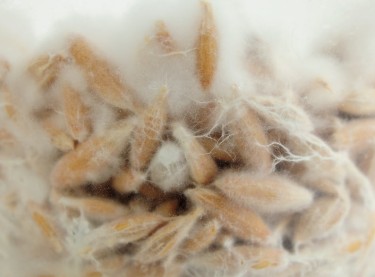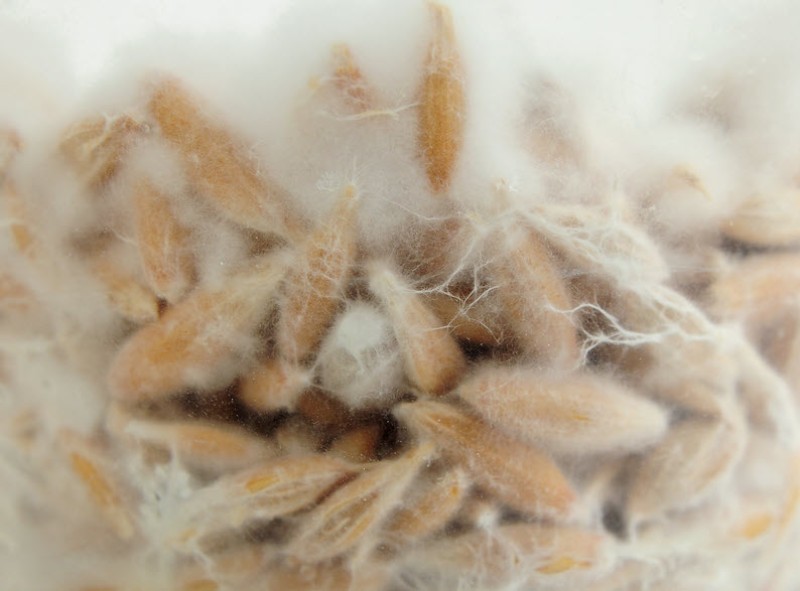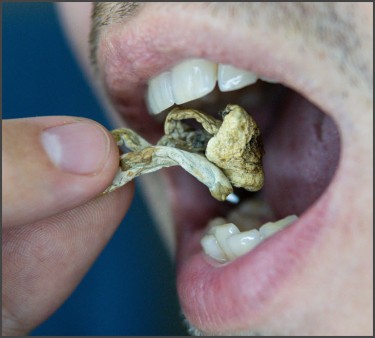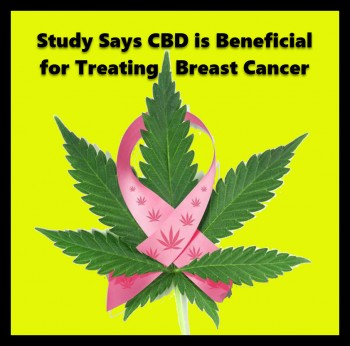
Looking to venture into the cultivation of magic mushrooms? Then, the term 'mycelium' shouldn't be strange to you as we're sure you must have come across the term in your research. And like several concepts that envelop magic mushrooms, it can be initially confusing. So, since mycelium is crucial to the growth of magic mushrooms, it will be best to carefully explain the term.
For many who don't know, cultivating magic mushrooms isn't as pleasing and easy as consuming them. This is because information about magic mushrooms is quite limited, and every terminology seems to look like the druid language. And while these terminologies often refer to critical aspects of mushroom cultivation, many seem to get lost trying to understand the terms.
As you may expect, understanding these terms is critical to understanding the various mechanisms involved in magic mushroom cultivation. In the course of the research, one terminology that many seem to come across is 'mycelium' and that's not without reason. Learning about mycelium and the vital role it plays will remarkably help you cultivate your magic mushroom successfully and also have a better understanding of mythology.
What is Mycelium?
Mycelium refers to the vegetative part of the magic mushroom. It is the area of the magic mushroom anatomy that carries out aerial reproduction. It is also responsible for the absorption of nutrients, facilitates microfiltration, serving as an organic filter for water and soil in the environment.
To have a basic anatomical understanding of mycelium, you can consider it as both the root and fruit of the magic mushroom plant.
Function of Mycelium
The Mycelium functions in a two-step process. First, the mycelium locates food in the ground (an organic material). After locating the organic food source, it will release an enzyme on the organic material to break it down into smaller bits. By doing this, the mycelium can effectively consume organic matter. Apart from feeding the fungus, the whole process helps to filter and regenerate the soil, eliminating all kinds of pollutants.
The whole process also benefits the enrolment and not just the fungus. The process itself helps to bioremediate and prepare the environment. The organic matter has broken open down decays into compost which in turn provides crucial nutrients to play in the area.
Looking at the bigger picture, the mycelium can help with compost on a bigger scale. Through this feeding process, biomasses can be decayed into compost for growing food on a large scale instead of just dumping it in a landfill.
How Mycelium Develops
To fully understand the growth pattern of magic mushrooms and how they develop, there's the need to first understand the nature of mycelium. To paint a vivid picture, recollect that magic mushrooms naturally cluster on top of various substrates on the soil. The hyphae which are fungus tubes that grow and extend into the organic food source help to digest the organic matter to gain energy. The hyphae then grow out to form threadlike networks and that is referred to as the mycelium.
The mycelium grows out of the main fungal spore in a pattern that takes advantage of several sources of food. However, when nutrients have been completely decomposed at the center, the nutrient in the middle of the circle gets converted. This results in the center of the circle being bare with magic mushrooms growing in a circular pattern around the center of the circle. The growth pattern is known as the 'fairy ring' and as legends have it, the ring serves as a pathway to magical and unearthly realms.
Types of Mycelium
While it may seem that there's only one type of mycelium, that's not the case at all. We'll be having a look at three different types of mycelium bases in their performance and appearance.
Rhizomorphic (String-like Mycelium)
Rhizomorphic mycelium is quite recognized among mushroom growers. It has a typical arrangement of a network of strings extending across the substrate. This mycelium can far and wide look to fit the best conditions before communicating to the rest of the colony to spread.
Many rhizomorphic growers believe that this rapid and even spread usually gives an organized and optimized set of mushroom pins. They also believe that this mycelium will shoot out immediately when they escape the substrate. It is also noted that an agar substrate will often produce mycelium of this type as they prefer the agar type of substrate.
Tomentose (Cottony and Fluffy Mycelium)
Naturally, tomentose mycelium is very similar to rhizomorphic mycelium, however, there are some distinct differences. The most notable difference will be the arrangement of strands. The tomentose mycelium has a cotton-ball-like appearance but this appearance makes it difficult to tell if there are strands present.
This appearance is however achieved since the tomentose mycelium doesn't stretch out in search of nutrients. The strands are usually present by being just fine and bunched tightly together.
Aerial Mycelium
While both the tomentose and rhizomorphic mycelium can be consciously grown In a healthy operation, that's not the case for aerial mycelium. Aerial mycelium only grows when conditions for fungus growth are not ideal. The Aerial mycelium naturally grows outward instead of extending across the substrate or forming a ball. The aerial mycelium is often mistaken for bacterial infection by amateur growers who confuse the strand growth for bacteria bunches.
According to several studies, it has been established that the primary factors stimulate the growth of aerial mycelium. These are;
-
lack of fresh air exchange (FAE)
-
excessive humid environment.
So, you can address both situations, you should be in the clear. That is, you will have to get enough air to curb but build up CO₂ and/or reduce misting.
Conclusion
With the information provided, we can boldly conclude that you now understand what mycelium is and its primary functions in a fungus. We are also certain that the different types of mycelium discussed will go a long way in helping you decide which to opt for as you get ready to set up your magic mushroom growing operations.







